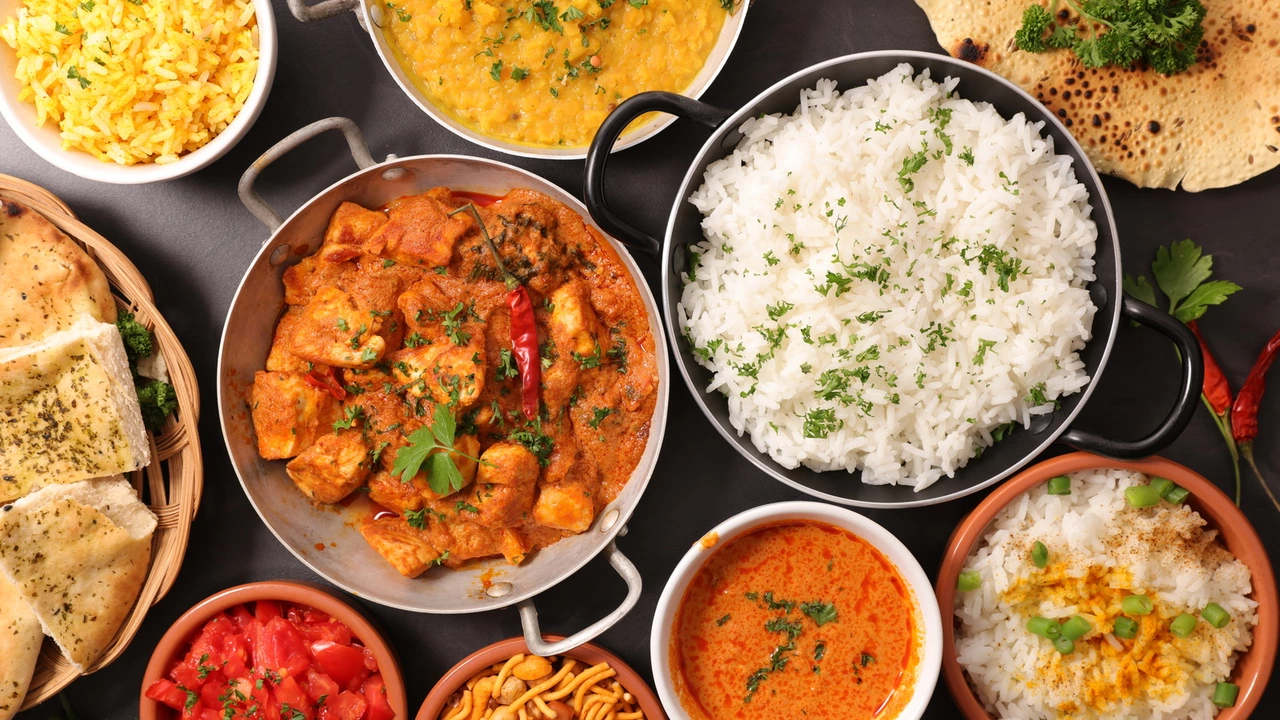Taste comparison: how to compare cuisines like a local
Want to decide if you prefer Indian food over Pakistani, or judge how a dish tastes in the USA versus back home? Taste comparison is simple if you follow a clear plan. Instead of saying one cuisine is "better," focus on measurable things: spice balance, texture, fat, acidity, and aroma. These details tell you why one dish hits differently than another.
Start with a tasting goal. Are you judging overall preference, a single ingredient, or cooking style? Set the scene: eat when you’re hungry, avoid strong drinks or mints beforehand, and compare similar dishes — for example, butter chicken vs nihari, biryani vs pulao, or masala dosa vs stuffed paratha. Compare plates from the same day and similar portion sizes so your senses stay consistent.
Quick checklist to use while tasting
Use this short checklist on your phone or a napkin. Check each dish on these points and give 1–5 scores:
- Aroma: Does it smell fresh, smoky, or heavy? Aroma often tells you about whole spices and cooking fat.
- First bite: Is the salt level right? Does the flavor hit fast or build slowly?
- Spice profile: Heat (chili) versus warmth (black pepper, cinnamon). Is the spice floral, smoky, or sharp?
- Texture: Is the meat tender, the rice separate, the bread flaky? Texture often decides comfort food wins.
- Acid and fat balance: Good dishes pair richness with acidity — lime, yogurt, tamarind, or vinegar.
- Finish: Does the taste linger pleasantly or become flat?
Write one short note per dish: one line about what stood out and one line about what could be better. That keeps comparison honest and useful.
Practical examples and what to try next
If you’re testing Indian food in the USA, look for regional specialties cooked the authentic way — tandoori items, dosa, regional vegetarian thalis. In the U.S., ingredient quality and cooking speed can change textures and spice balance. When comparing Indian and Pakistani dishes, try similar dishes side by side: a Pakistani kebab or nihari often leans richer and meat-forward, while Indian versions may show more regional vegetarian work and more pronounced use of tangy or sweet notes in some dishes.
When you taste, note availability too. Some spices or fresh herbs might be milder abroad, changing the final dish. If you want a quick home test: make a small batch of a spice mix at home and cook the same recipe twice with small tweaks — more ghee, less chili, or extra lemon. You’ll learn what specific change shifts the flavor you prefer.
Use these methods, and you’ll stop arguing about "better" and start explaining why one bite wins your vote. Taste comparison becomes a useful skill — and a fun way to explore food cultures with purpose.
Which food tastes better Indian Or western?
Well, my friends, I've embarked on a culinary adventure that makes Indiana Jones' escapades look like a walk in the park! Between the savory spices of Indian cuisine and the hearty comfort of Western grub, it's like choosing between Batman and Superman. Each has a unique flair that tickles the taste buds in its own divine way. Indian food, with its intricate blend of spices and heat level that can make you feel like a fire-breathing dragon, is a feast for the senses. While Western food, it's like a comforting hug from grandma, familiar and wholesome. In the battle of the plates, it's a delicious draw, folks!
read more
